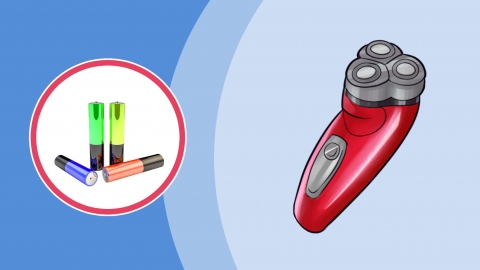How to treat pubic lice on pubic hair
Pubic lice in the pubic hair area can generally be managed by shaving off the hair, applying topical medications, disinfecting clothing, avoiding sexual contact, and maintaining personal hygiene. Seek medical attention promptly if abnormalities occur. Specific measures are as follows:

1. Shave off hair: Completely shave and dispose of pubic hair to destroy the living environment of pubic lice. Since pubic lice mainly attach to the base of hair shafts, removing the hair directly reduces their attachment sites, decreases the number of lice, and creates favorable conditions for further treatment.
2. Topical medications: Apply medicated ointments such as sulfur ointment or lindane cream to the affected area. Sulfur ointment helps inhibit the growth and reproduction of pubic lice, while lindane cream effectively kills adult lice and their eggs. When used correctly according to instructions, these medications can efficiently eliminate pubic lice.
3. Disinfect clothing: Wash underwear, underpants, bed sheets, and pillowcases in boiling water and then sun-dry them thoroughly. Pubic lice may cling to these items; high-temperature washing and direct sunlight exposure can kill any remaining lice and eggs, preventing reinfestation.
4. Avoid sexual contact: Abstain from sexual activity during treatment. Pubic lice can spread through sexual contact, so avoiding intimacy prevents transmission to partners and protects against reinfection, ensuring effective treatment.
5. Maintain hygiene: Clean the affected area daily with warm water and keep it clean and dry. Good hygiene practices reduce the conditions favorable for lice infestation and prevent worsening symptoms due to moisture or dirt, thereby promoting recovery.
In daily life, maintain personal hygiene by bathing regularly and changing clothes frequently. Avoid sharing personal items with others. If symptoms such as genital itching occur, seek timely medical evaluation. Once diagnosed, actively cooperate with treatment to prevent disease progression and recurrence.








